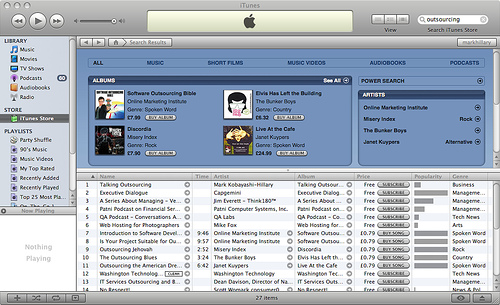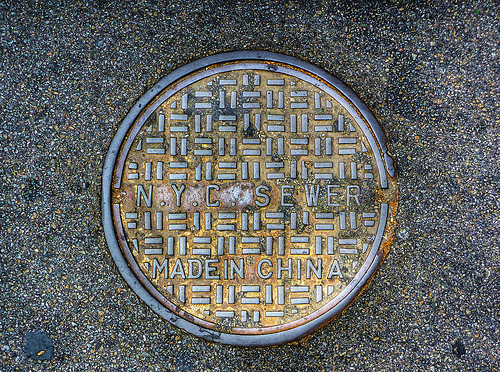A few good outsourcing from china images I identified:
Speaking Outsourcing Podcast – Number A single on iTunes!

Image by markhillary
Go and search for podcasts about ‘outsourcing’ on iTunes and you will locate that my ‘Talking Outsourcing’ Podcast is now the quantity one particular most well-known podcast – reality.
The Podcast is a series of interviews from important players in the market about the market place at present with their views on the troubles of the day and trends. It supports the weblog that I write for Computing magazine, which you can study right here…
Click on this link here to open iTunes and go straight to my Podcast now… or use this hyperlink:
itpc://talkingoutsourcing.jellycast.com/podcast/feed/2
seriously???

Image by [mementosis]
i can barely believe it.
it’s poor enough that most of our electronics, appliances, household items, meals, clothes, toys, American flags, and magnetic ‘support the troops’ yellow ribbons were Produced In China, but MANHOLE COVERS? actually??
i’m employed to seeing ‘Made In India’ on these factors, which does not look nearly as incorrect, even though perhaps it ought to. contemplating exactly where tens of thousands of tons of China’s (and India’s) steel came from, it just makes me sad.
and a tiny sick.
AnnaLee Saxenian, Ph.D., Dean of the iSchool, University of California at Berkeley

Image by Wonderlane
Dean AnnaLee Saxenian, iSchool, University of California at Berkeley, in her workplace
AnnaLee Saxenian
From Wikipedia, the cost-free encyclopedia
"AnnaLee Saxenian is a professor and the present Dean of the UC Berkeley School of Information, known extensively for her function on technology clusters, and the effect of migration and social networks in Silicon Valley.
In her book Regional Advantage: Culture and Competition in Silicon Valley and Route 128 (1994), Saxenian proposes a hypothesis to explain why California’s Silicon Valley was in a position to hold up with the rapidly pace of technological progress for the duration of the 1980s, even though the vertically integrated firms of the Route 128 beltway fell behind. She argues that the key was Silicon Valley’s decentralized organizational form, non-proprietary standards, and tradition of cooperative exchange (sharing details and outsourcing for element components), in opposition to hierarchical and independent industrial systems in the East Coast. [1]
Her most current book, The New Argonauts: Regional Advantage in a Worldwide Economy (2006), explores the globalization of the technology workforce that has occurred as the "brain drain" becomes a "brain circulation" with immigrant Indian, Chinese, and Israeli specialists taking the Silicon Valley entrepreneurial model to their home nations even though also keeping connections with the US.
^ Starr, Paul (Might 1995)."
"Review of Annalee Saxenian, Regional Benefit". Contemporary Sociology. www.princeton.edu/~starr/saxerev.html.
men and women.ischool.berkeley.edu/~anno/
"Her most current book, The New Argonauts: Regional Advantage in the Worldwide Economy (Harvard University Press, 2006), explores how the "brain circulation" by immigrant engineers from Silicon Valley has transferred technologies entrepreneurship to emerging regions in China, India, Taiwan, and Israel.
Her prior publications incorporate Regional Benefit: Culture and Competition in Silicon Valley and Route 128 (Harvard University Press, 1994), Silicon Valley’s New Immigrant Entrepreneurs (PPIC, 1999), and Local and International Networks of Immigrant Specialists in Silicon Valley (PPIC, 2002). Saxenian holds a Doctorate in Political Science from MIT, a Master’s in Regional Preparing from the University of California, Berkeley, and a BA in Economics from Williams College."